The Border Regiment was formed in 1881 with the amalgamation of the 34th (Cumberland) Regiment of Foot and the 55th (Westmorland) Regiment of Foot.
In the Second World War the 1st Battalion, The Border Regiment, as it was then known, formed part of the British Expeditionary Force (BEF). Following the campaign in France and return to the UK, the battalion served as part of the 31st Independent Infantry Brigade which specialised in Mountain Warfare. In 1941 the brigade, and its constituent battalions, was selected to be re-rolled to undertake airborne assault by Glider as the 1st Air Landing Brigade with the battalion becoming 1st (Airborne) Battalion The Border Regiment.
Later in 1943, the Battalion moved to North Africa as part of the 1st Airborne Division and in preparation for operations in Sicily and Italy.
As part of the invasion of Sicily the Battalion took part in Operation Ladbrooke in July 1943, but suffered heavy casualties as many of the gliders were released too early and ended up landing in the sea with many soldiers drowned. Consequently the unit took the opportunity to reorganise and begin to refit in Italy. The battalion was then returned to the UK and was used operationally on Operation Market Garden, which despite a heroic stand ended with much of the battalion killed, wounded or captured. Only 9 officers and 241 other ranks returned to the UK at Roughton Moor Camp. Later they were moved to Well Camp, Lincs, and began to reform the battalion.
The final operation of the war came with the battalion deploying to Norway from RAF Barkston Heath to disarm the German forces there as part of Operation Doomsday in May 1945.
The battalion withdrew from Norway in September 1945 and in October 1945 received orders to move overseas, but before doing so, and after 4 years of airborne service, removed their Pegasus patches, Airborne flashes and returned their maroon berets to be replaced by standard army khaki as they gave up their air landing glider role and returned to a regular infantry role. Commanding Officers 1944 Lt Col T Haddon 1944 Maj H Cousens 1944-5 Lt Col CFO Breese
Commanding Officers
Lt Col RH Bower 1941-42
Lt Col GC Britten MBE 1942-43
Lt Col T Haddon 1943-44
Maj HS Cousens 1944
Lt Col CFO Breese 1944-45
Read More

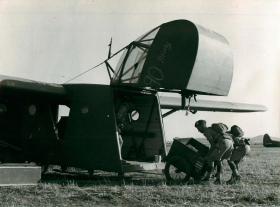
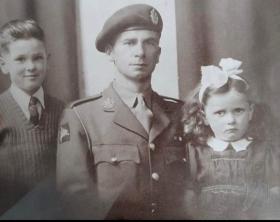












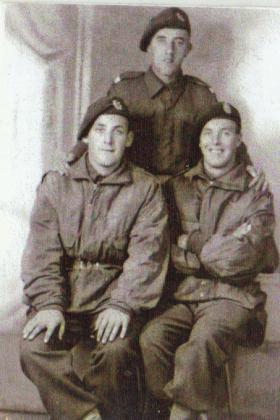
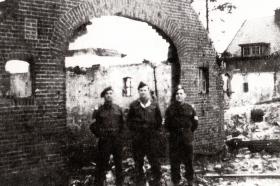
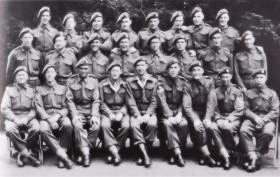
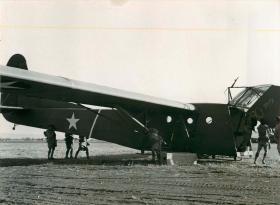
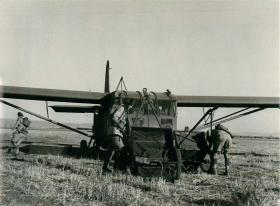
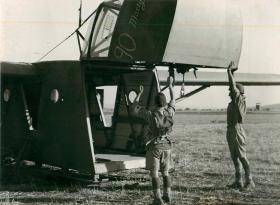
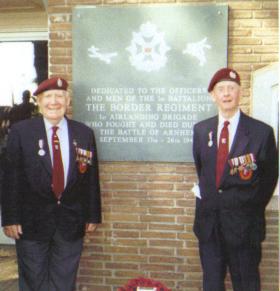
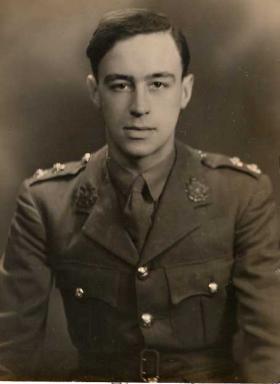
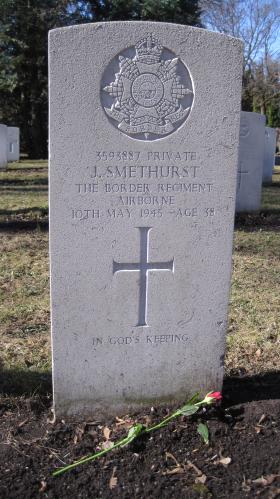
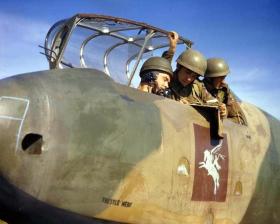
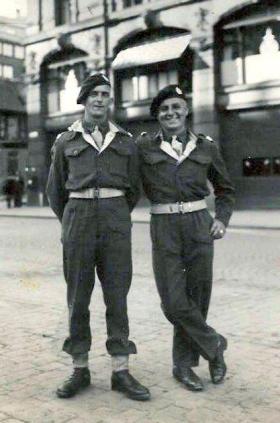
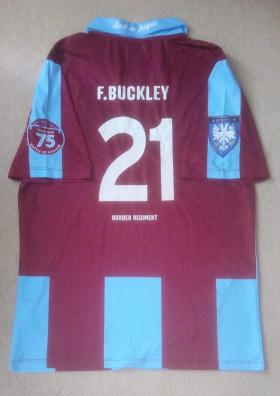
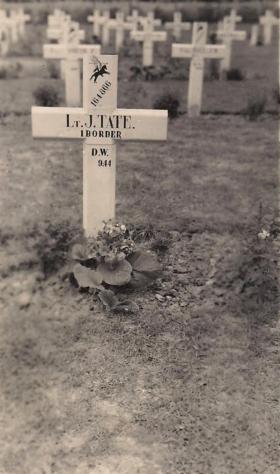
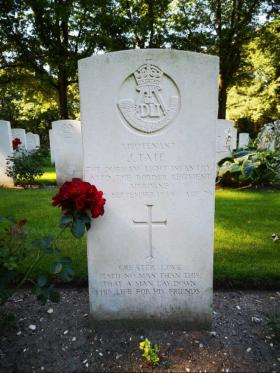
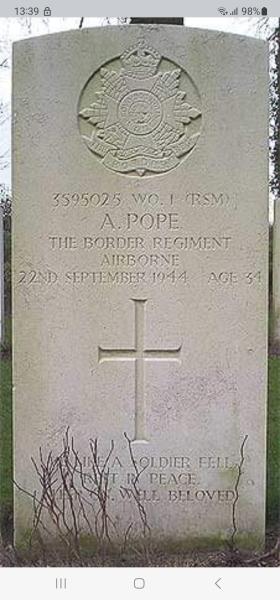
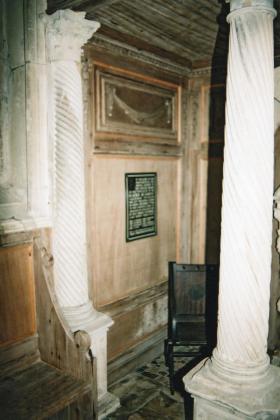

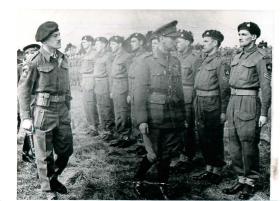
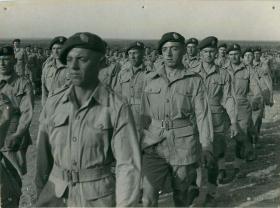
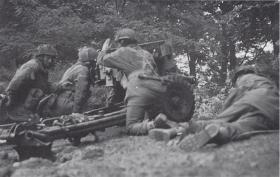
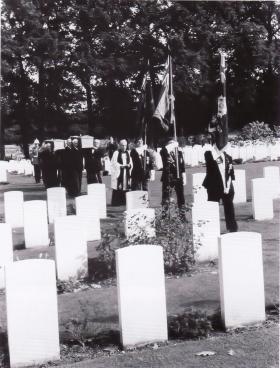
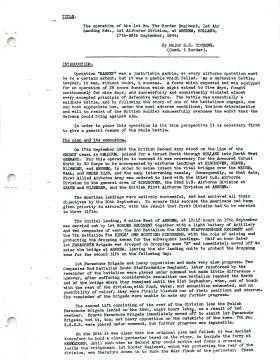
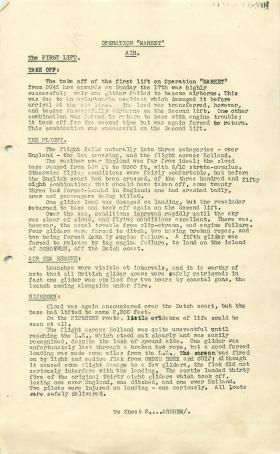
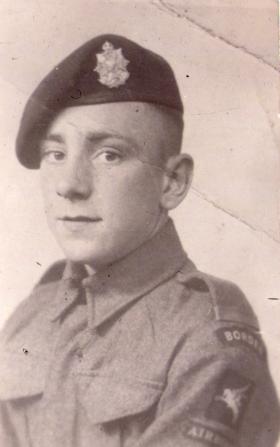
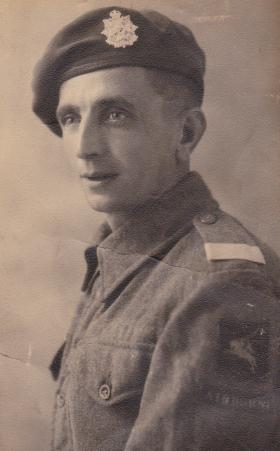
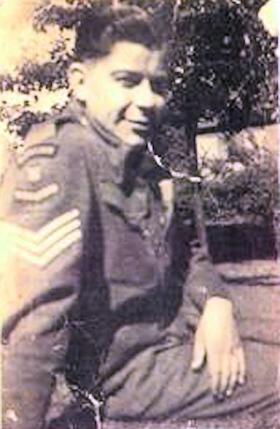
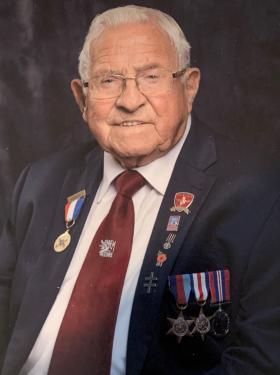
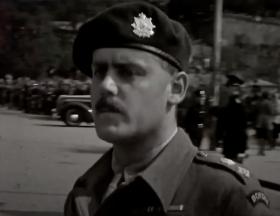
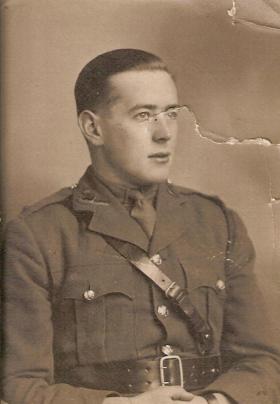
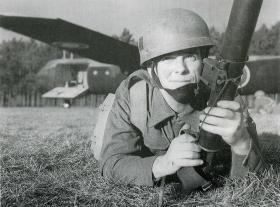

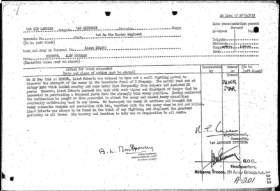
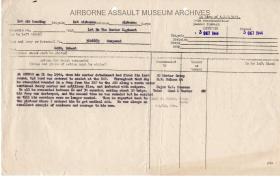
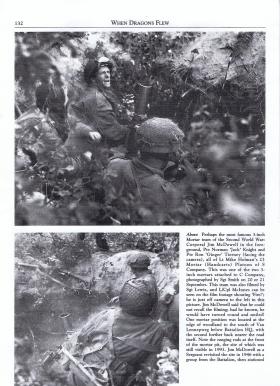
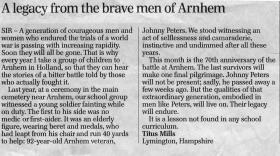
Latest Comments
There are currently no comments for this content.
Add Comment
In order to add comments you must be registered with ParaData.
If you are currently a ParaData member please login.
If you are not currently a ParaData member but wish to get involved please register.